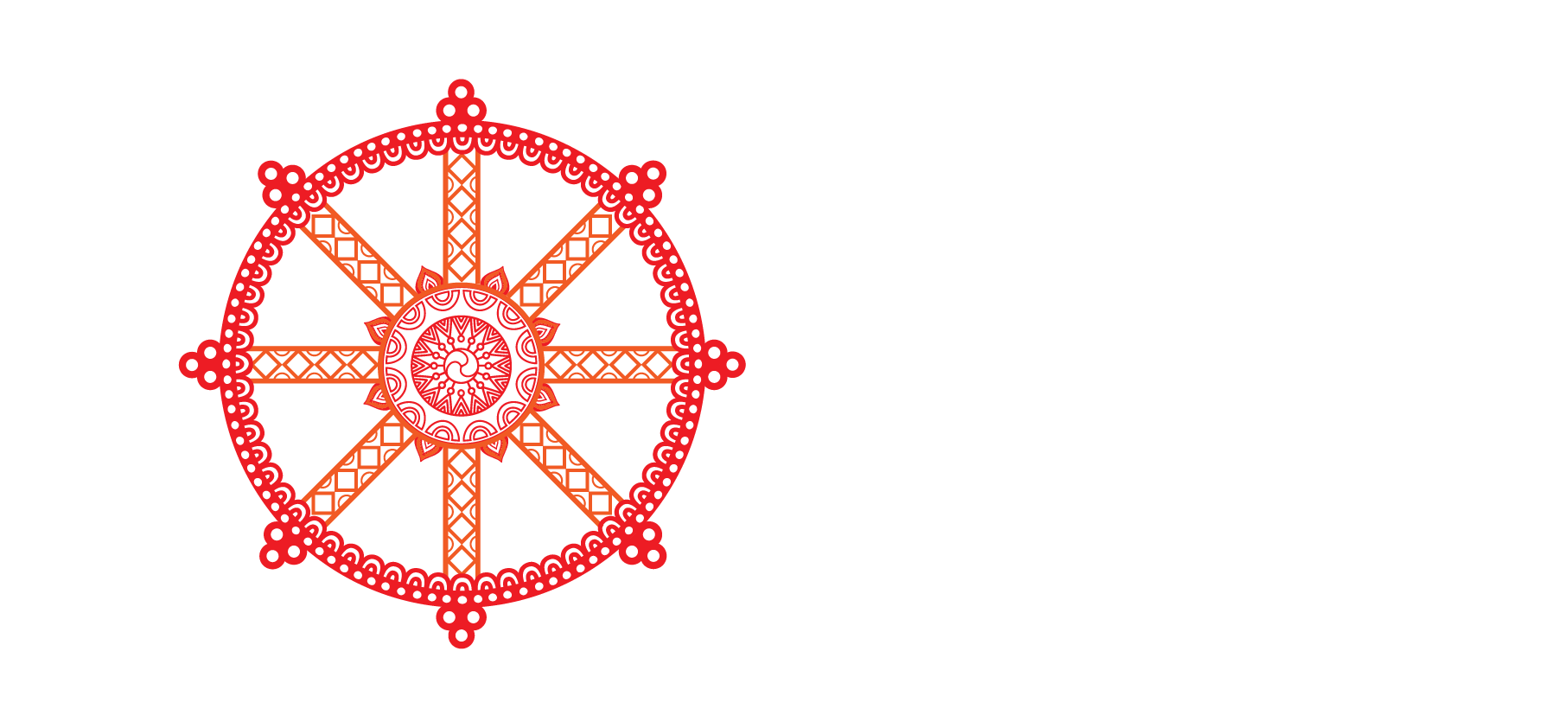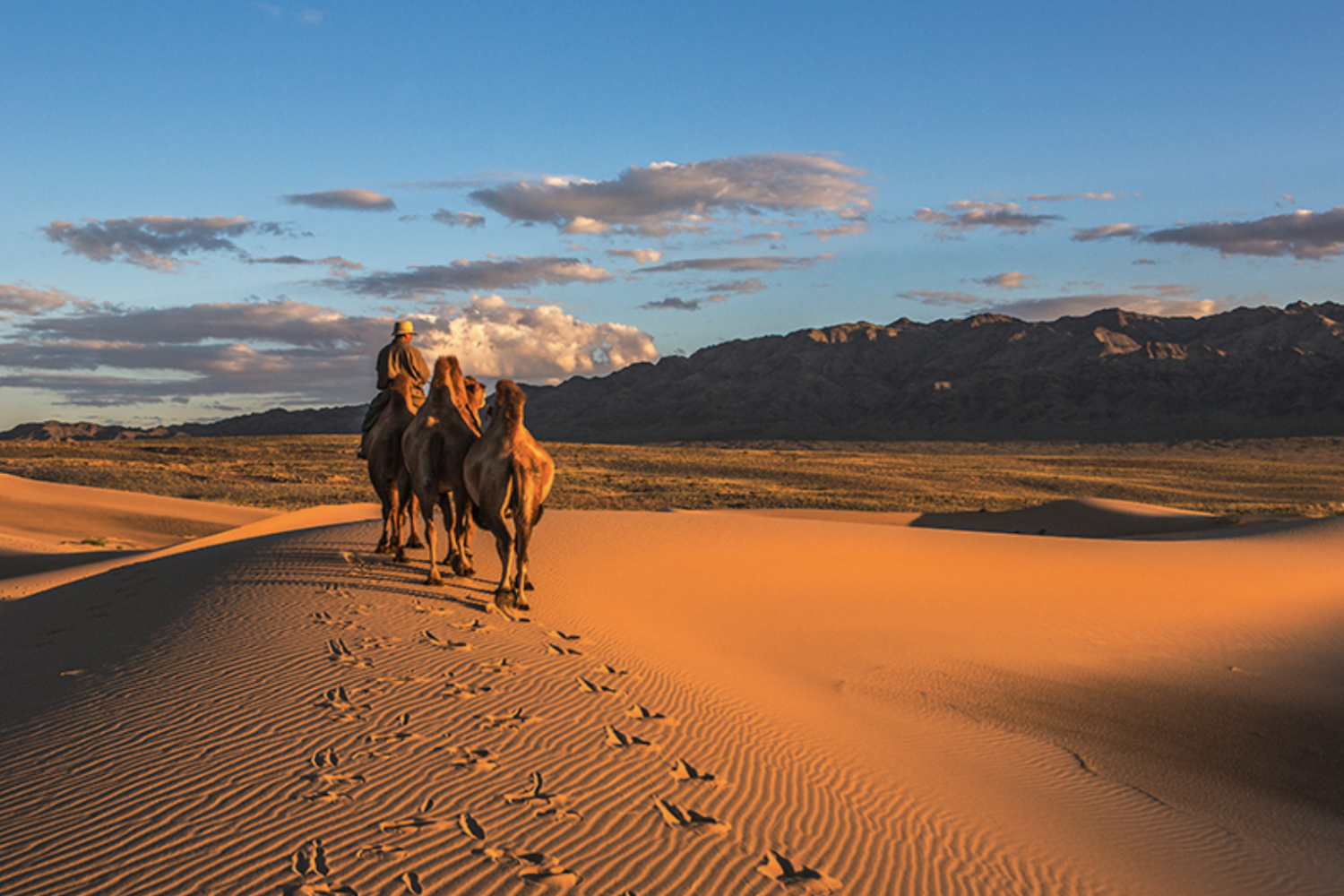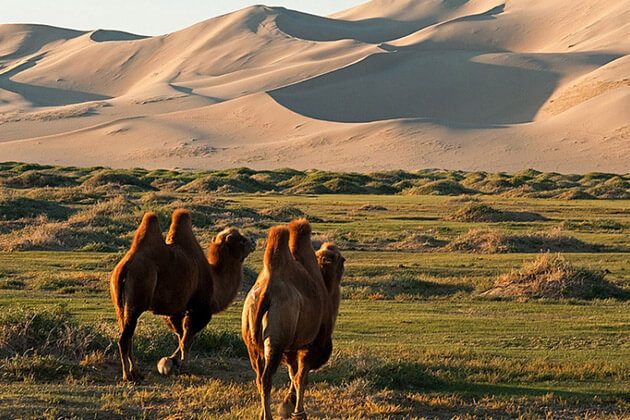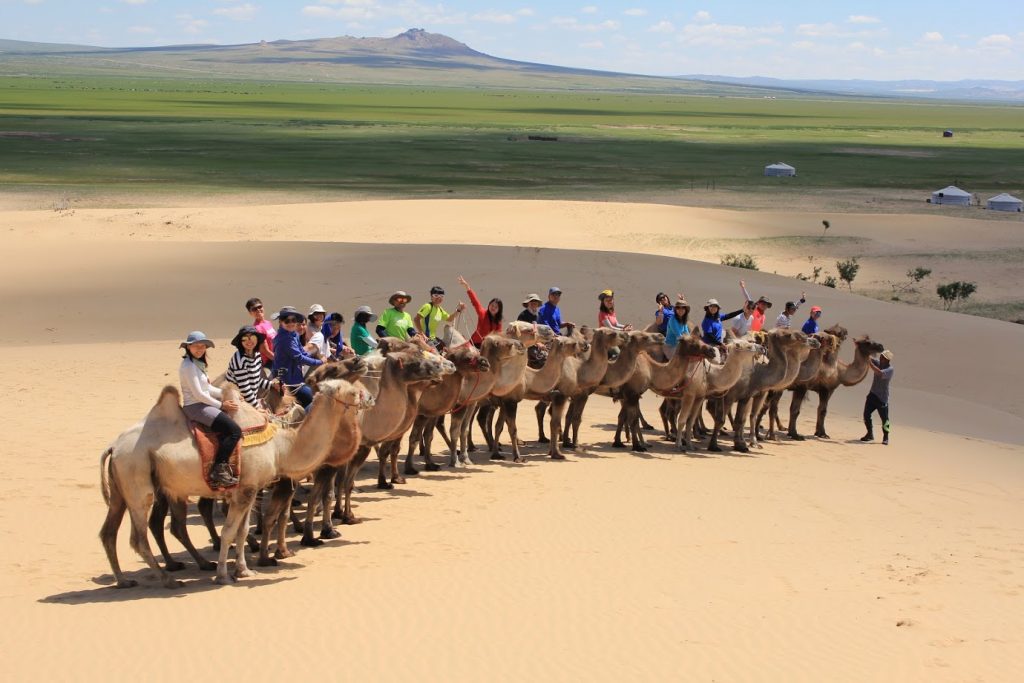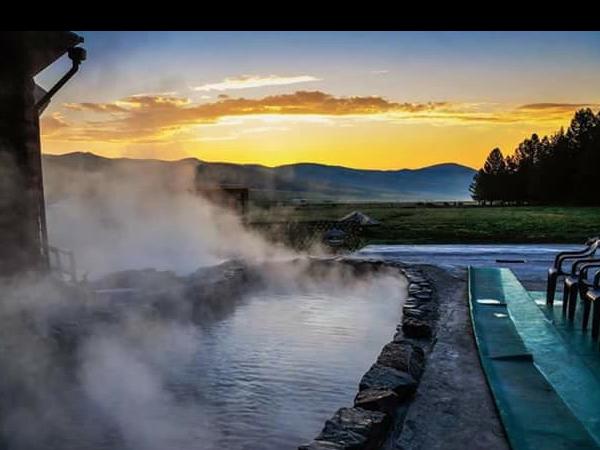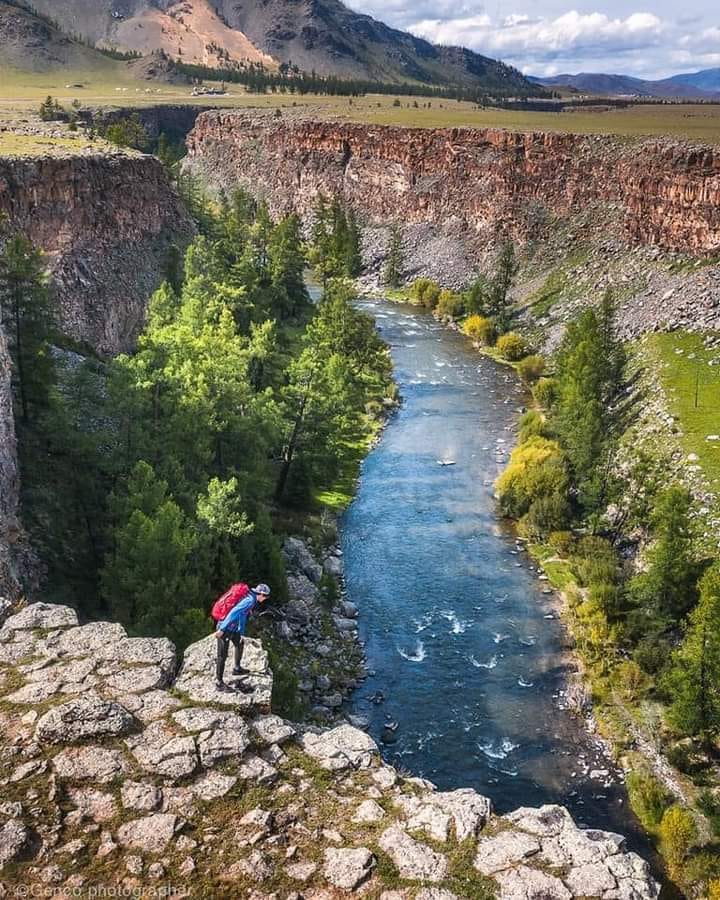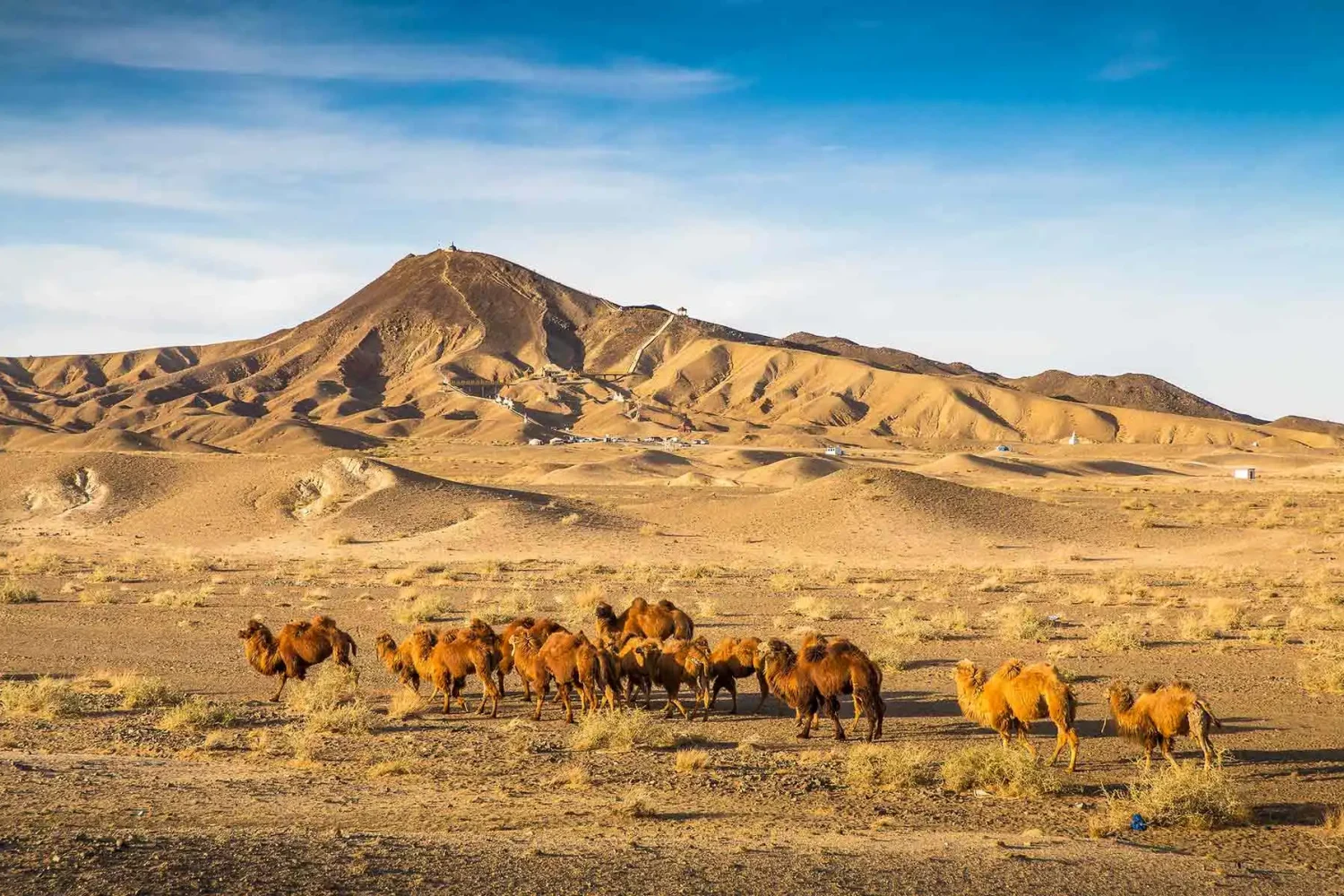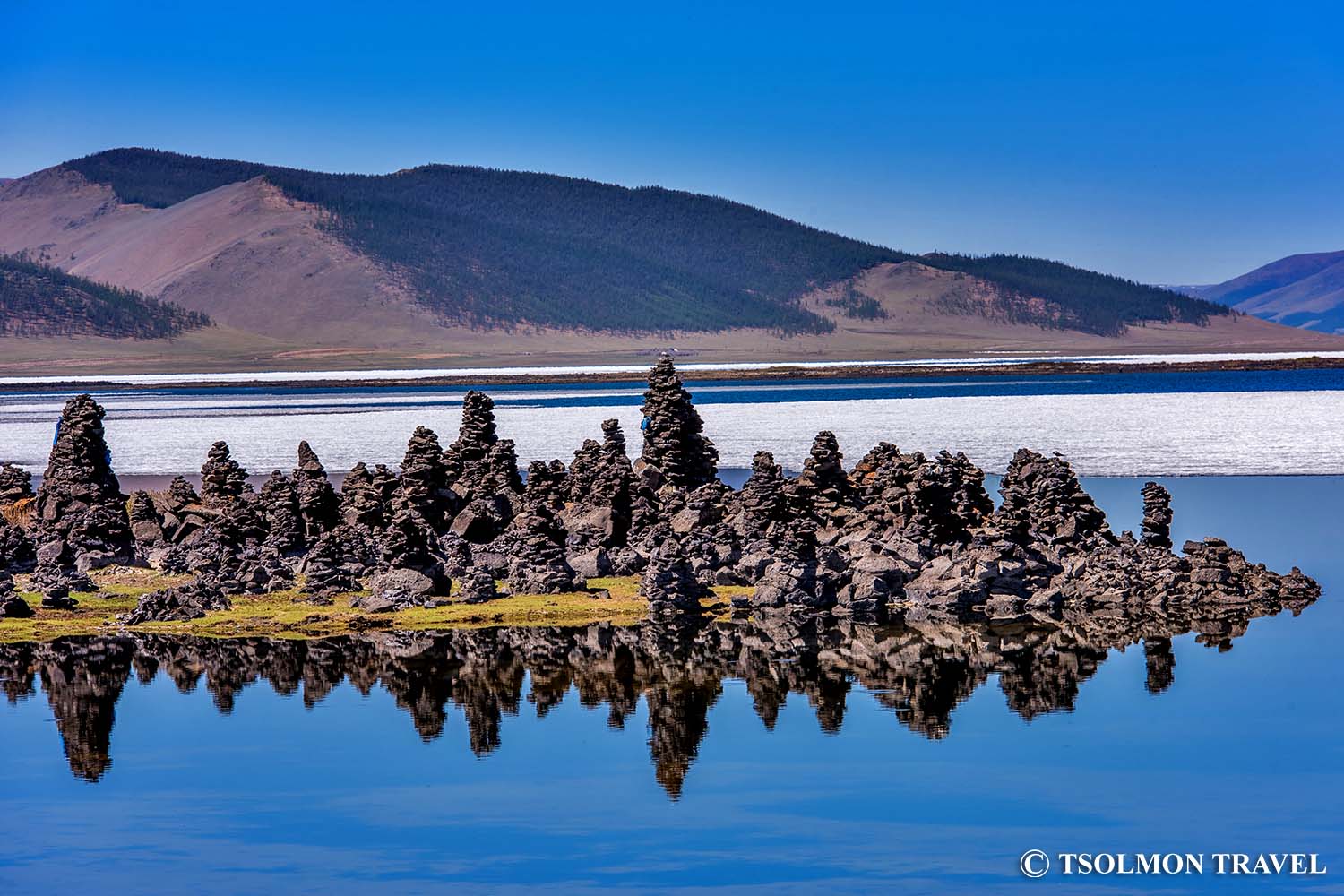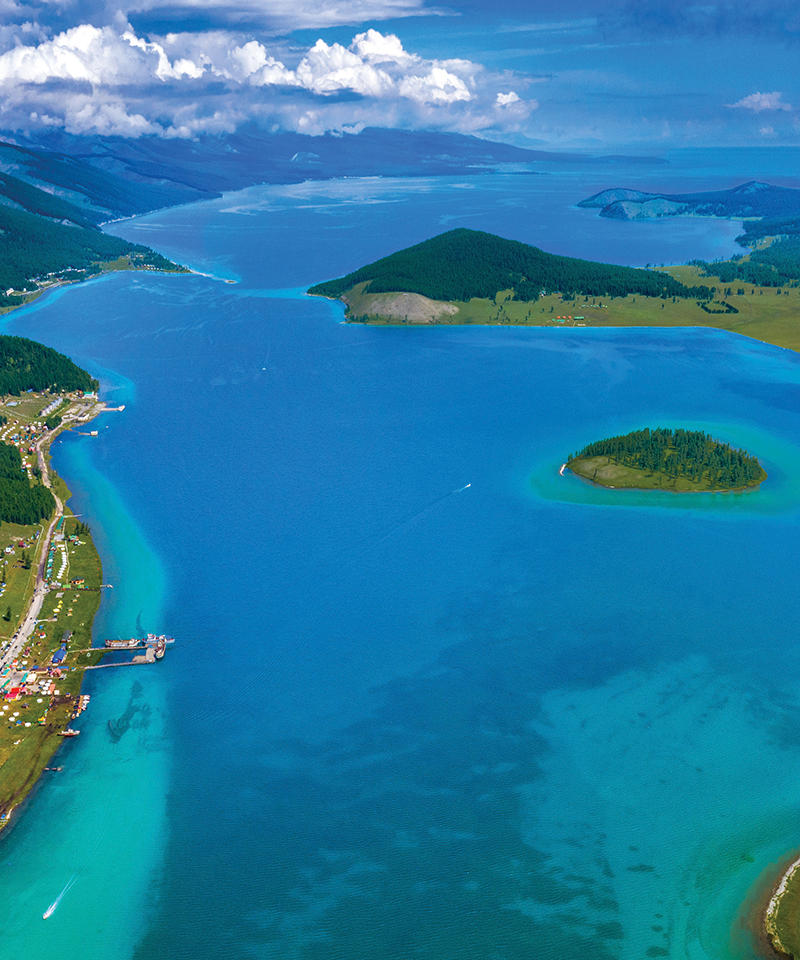1st destination: Khustai national park is home to wild horses native to Mongolia known as Takhi. All of the Przewalski horses alive today descended from 12 horses brought from Mongolia and bred in captivity. You will have a chance to observe these rare, endangered horse species that truly have never been domesticated, in their natural habitat.
2nd destination: If you cannot make it to Southgobi, don’t worry, we got you covered with Elsen tasarkhai, a sand dune in the middle of the country! which stretch from the Tuv, Uvurkhangai, and Bulgan provinces totaling 80 km. You will even get a chance to ride a camel!
3rd destination: In 1206 Chinggis khaan established the Mongolian Great Empire and built the capital city of Kharkhorin. The capital city had a trading markets, artisans, artists from all over and Christian, Islamic, Buddhist temples within the city coexisting without any problem! Talk about religious tolerance! Much of the city has been destroyed but artifacts are displayed in a beautiful museum next to the late temple, Erdene Zuu.
4th destination: Ulaan Tsutgalan (Улаан Цутгалан), the waterfall fall is one of the picturesque sights in the historically significant Orkhon River Valley, which requires bumpy driving through the lava covered scenic valley full of nomads and their animals.
5th destination: Tsenkher Hot Spring is the second hottest spring of Mongolia, reaches 86℃ (186.8℉). It is an alkaline spring that contains hydrofluoric acid and silica union and used for medical treatment for rheumatism, neuralgia, muscular pain and arthralgia and help improving digestive system, restoring immunity after surgery and recharging yourself. If that’s too much, just sit back and enjoy natural jacuzzi.
6th destination: Taikhar Chuluu is 18m-high cliff of granite. This cliff was formed by separating from the river bank due to millions of years’ continual flow of Khoid Tamir River through granite cape on its northern bank.
7th destination: Chuluut River starts from Eg mountain pass, which is of the Gurvan Angarkhai Mountain in the eastern part of Khangai Mountain range. It flows for 415km joining Ider River and becomes a tributary of Selenge River, which is the biggest river of Mongolia and reaches to the Baikal Lake. It is said that these igneous rocks were result of the volcanic organs came from Khorgo volcano when it erupted during Holocene. Some experts say that the Khorgo volcano erupted twice. As a result the terraces of Chuluut canyon shows different ages of sediments related to Pleistocene age and Holocene age.
8th destination: Khorgo Volcano, situated on the eastern side of Terkhiin tsagaan lake, is an extinct volcano that holds significant geological and ecological importance. It stands as the last active volcano in Mongolia, having erupted approximately 8000 years ago. The crater of the volcano, located at an altitude of 2,210 meters, boasts a diameter of 300 meters and a depth ranging from 70 to 80 meters.
9th destination: Lake Ugii is a biologists and fisherman’s favorite spot due to its 14 different species of fish, 27 species of floating plants, and 48 species of floating animals and 150+ species of migrating birds! It has been registered as part of the east-north Asian international networking system, kinda like Incheon Airport for birds.
